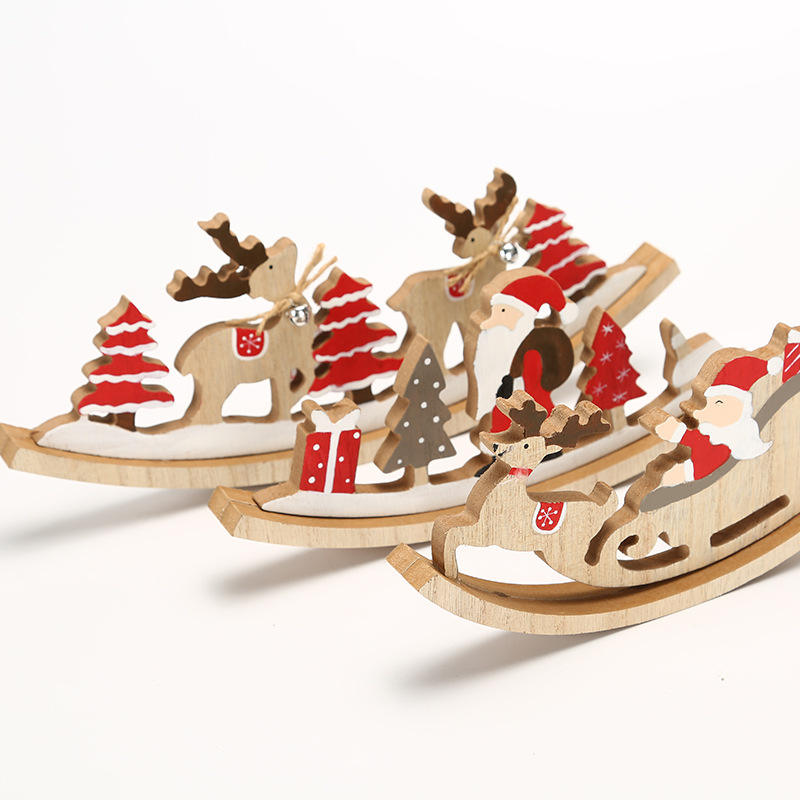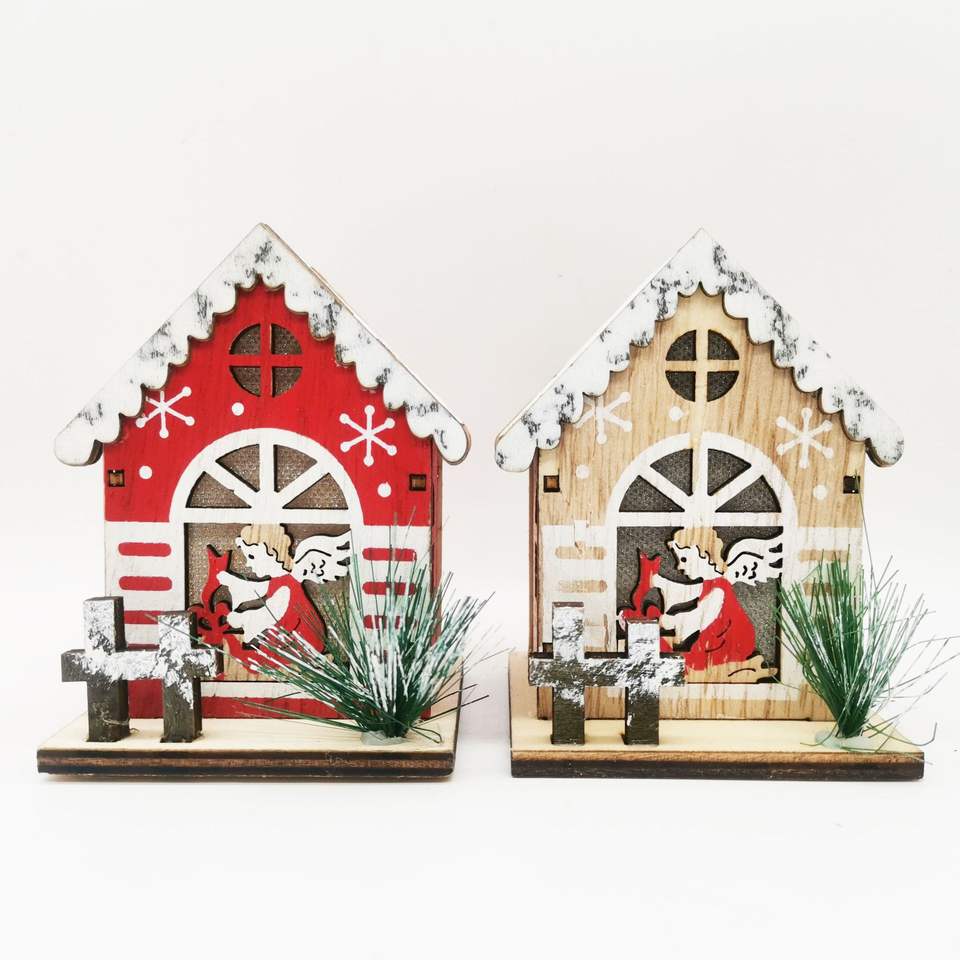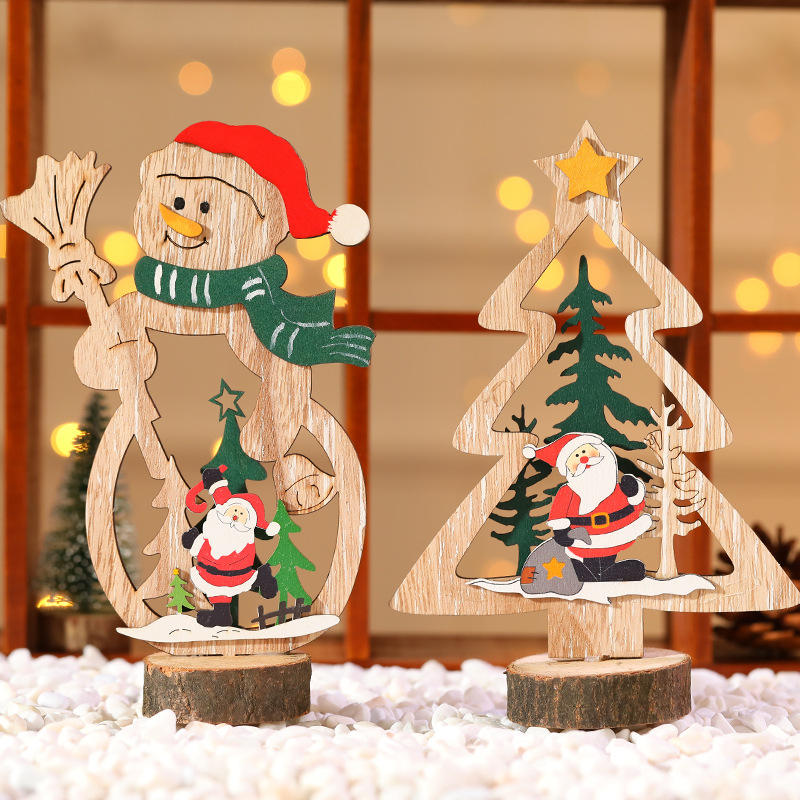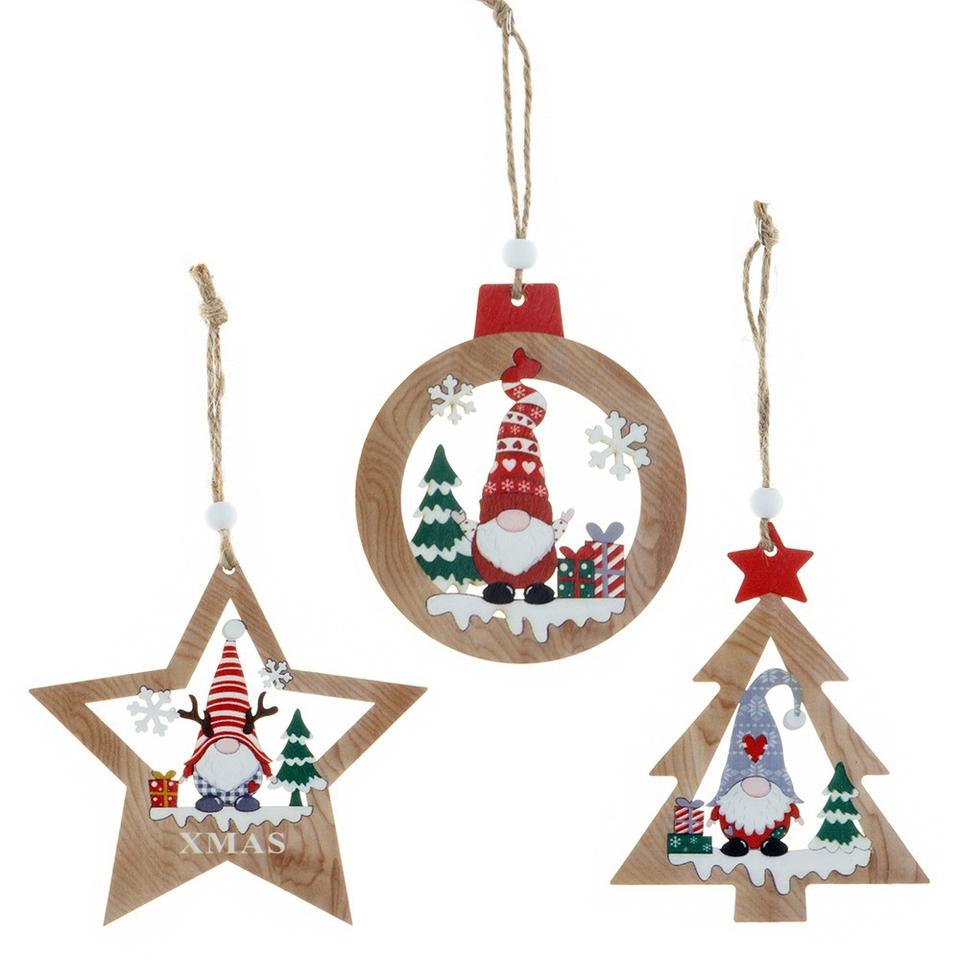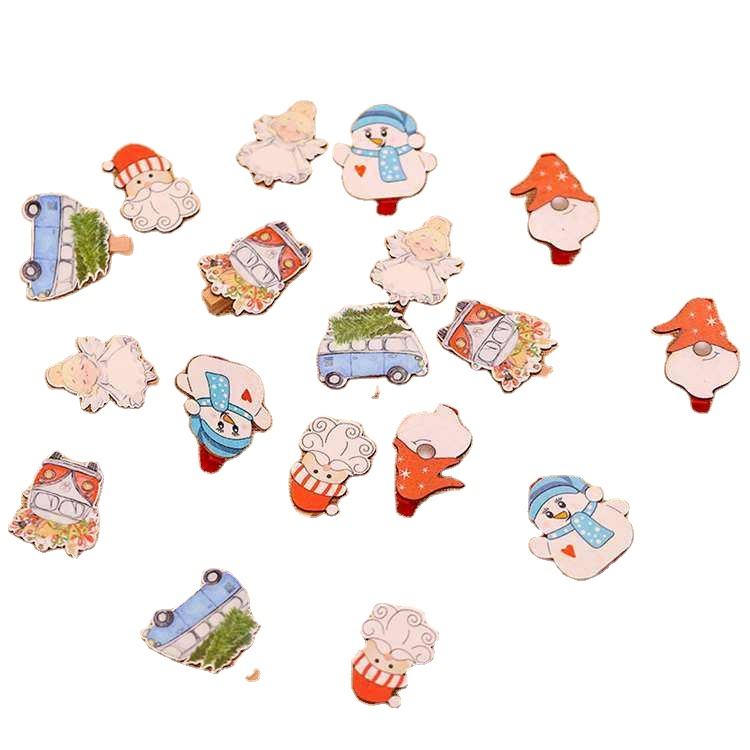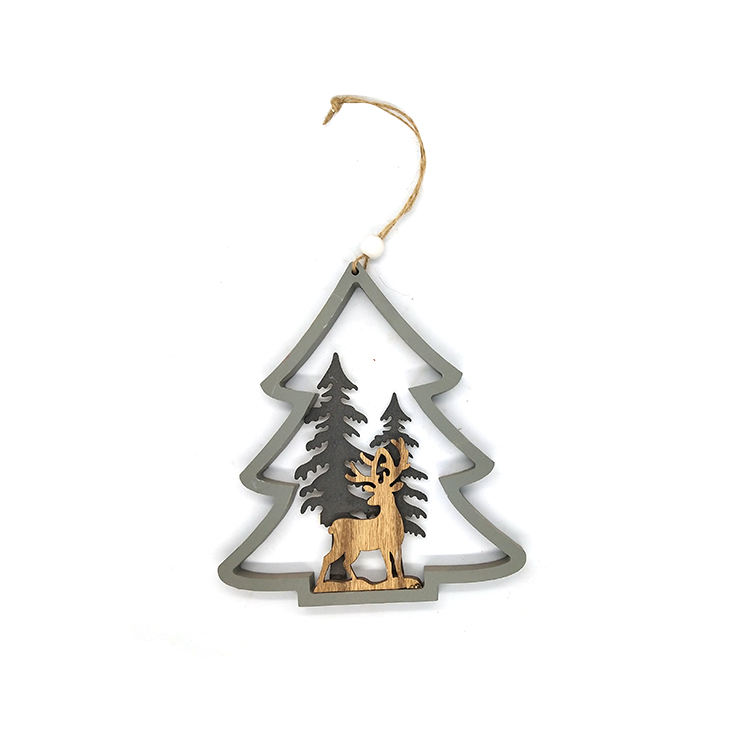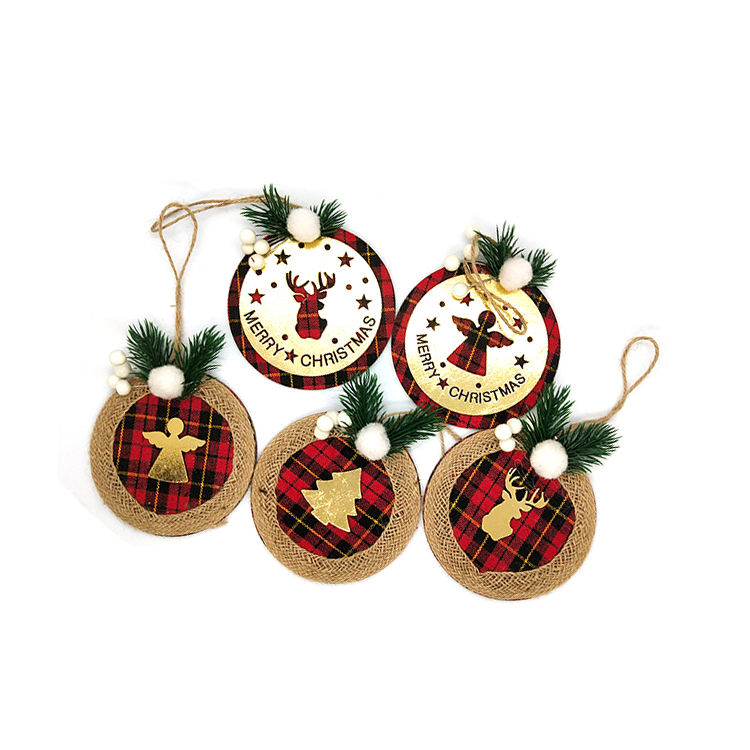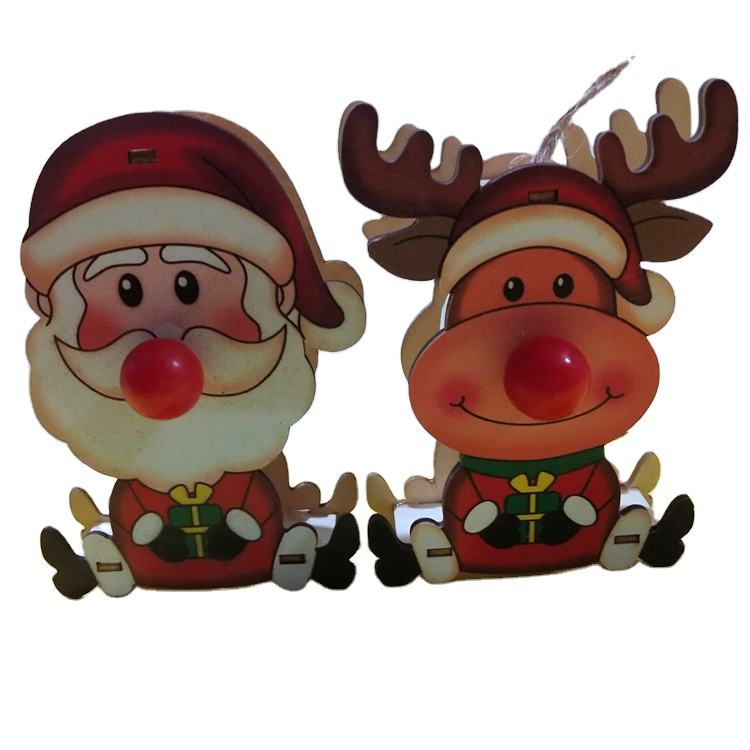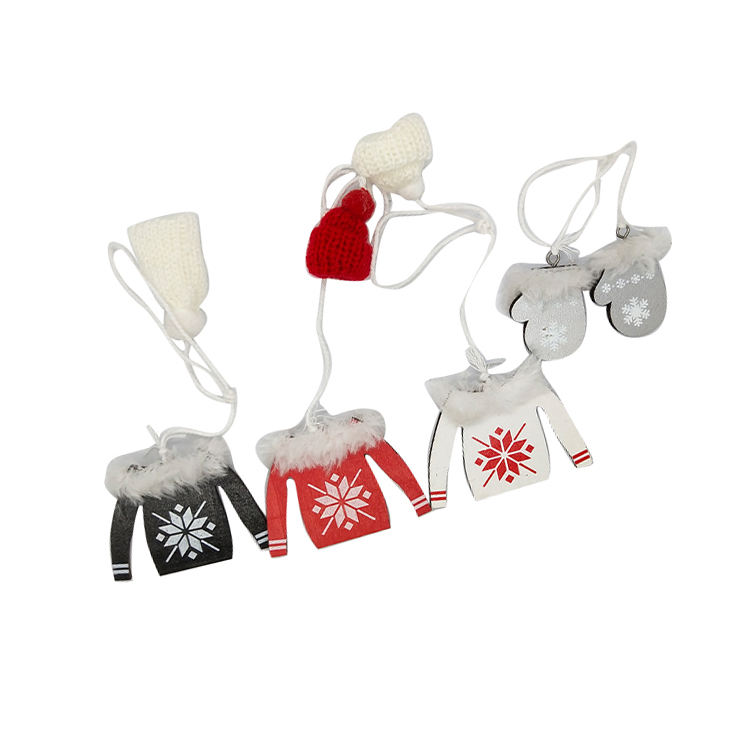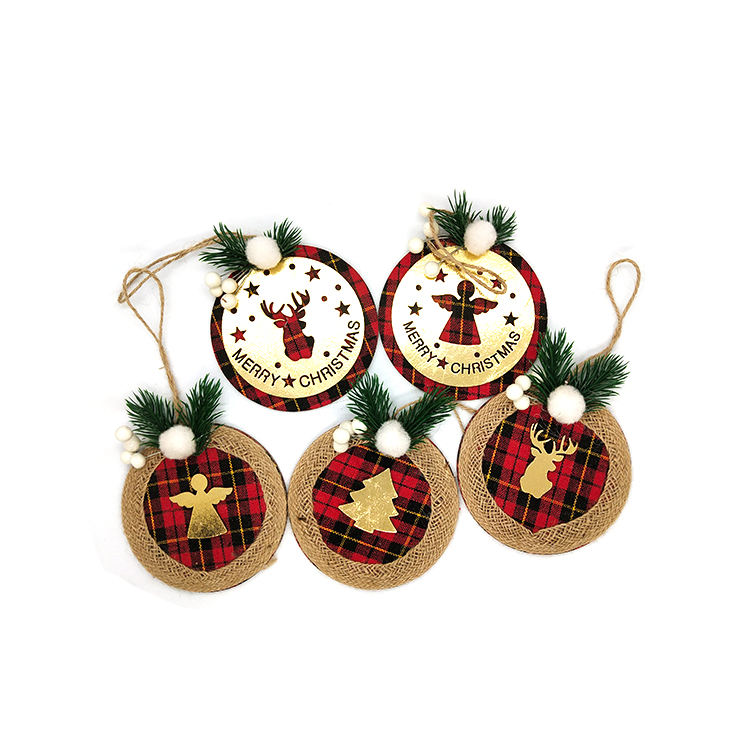Home / News / Festival Ornaments: Celebrating Ramadan With Elegance And Style
Festivals are a time of joy and celebration, bringing people together in the spirit of unity and cultural expression. One such festival is Ramadan, a sacred month for Muslims worldwide. During this month, Muslims observe fasting from dawn to sunset and engage in various spiritual and communal activities. To enhance the festive atmosphere, many people adorn their homes and surroundings with Ramadan ornaments, combining tradition with elegance.
Ramadan Ornaments:
Ramadan ornaments play a crucial role in enhancing the beauty and spirituality of the holy month. They are a reflection of the rich cultural diversity and artistic traditions of the Muslim world. These ornaments come in a variety of forms, each with its unique significance.
1. Lanterns: Perhaps the most iconic Ramadan ornament is the lantern, also known as the "fanous" in Arabic. These lanterns are traditionally lit at night, illuminating the surroundings and creating a warm and inviting ambiance. They symbolize the light of faith and hope during this sacred month.
2. Crescent Moons and Stars: The crescent moon and stars are universal symbols of Islam. Many Ramadan ornaments incorporate these symbols to represent the lunar calendar and the importance of the night sky in determining the beginning and end of fasting.
3. Calligraphy and Islamic Art: Beautiful calligraphy and intricate Islamic patterns are commonly used to decorate homes during Ramadan. Arabic verses from the Quran, Hadith, and other sacred texts are often featured in these decorations, emphasizing the spiritual aspect of the month.
4. Dates and Dates Palms: Dates are a traditional food for breaking the fast during Ramadan. As a result, date palms and dates themselves are frequently used in decorative arrangements to symbolize nourishment and sustenance.
Festival Ornaments:
Festival ornaments are not exclusive to Ramadan; they are integral to many celebrations worldwide. Different cultures have their unique ornamentation traditions, and these decorative elements hold deep cultural significance.
1. Christmas Ornaments: Christmas is celebrated by millions of people around the world, and Christmas ornaments are a cherished part of the holiday. Decorated trees, wreaths, and ornaments like baubles, angels, and snowflakes add a festive touch to homes.
2. Diwali Decorations: Diwali, the festival of lights celebrated by Hindus, is known for its colorful and radiant decorations. Diyas (oil lamps), rangoli (colorful designs on the ground), and ornate candles create a visually stunning ambiance.
3. Chinese New Year Decorations: The Chinese New Year is marked by red lanterns, paper cutouts, and symbolic ornaments that represent prosperity, good luck, and happiness.
4. Easter Decorations: Easter is celebrated with decorative eggs, bunnies, and crosses, symbolizing the resurrection of Jesus Christ and the arrival of spring.
Combining Tradition and Elegance:
While Ramadan ornaments and festival ornaments from various cultures may differ in shape and symbolism, they share a common goal: to celebrate and express the spirit of the occasion. Combining these traditions with elegance can result in a beautiful, culturally enriched environment during festive seasons.
People are increasingly seeking ways to merge different ornamentation traditions, celebrating the diversity of our global community. For example, one can incorporate Christmas lights with Ramadan lanterns to create a unique and welcoming atmosphere during the holiday season.
In conclusion, festival ornaments, including Ramadan ornaments, play a significant role in enhancing the joy and spirituality of celebrations. These ornaments serve as a bridge between tradition and elegance, allowing individuals to express their cultural heritage and embrace the beauty of global diversity. By appreciating the significance of these ornaments, we can better understand and respect the cultures that enrich our world, creating a more harmonious and inclusive global community.
